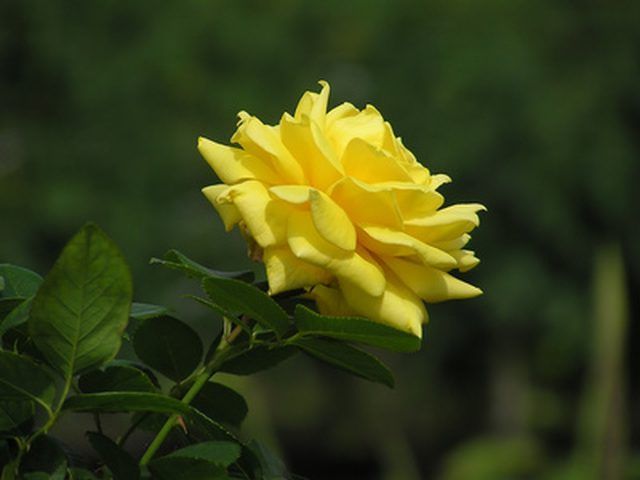Bulbs
Flower Basics
Flower Beds & Specialty Gardens
Flower Garden
Garden Furniture
Garden Gnomes
Garden Seeds
Garden Sheds
Garden Statues
Garden Tools & Supplies
Gardening Basics
Green & Organic
Groundcovers & Vines
Growing Annuals
Growing Basil
Growing Beans
Growing Berries
Growing Blueberries
Growing Cactus
Growing Corn
Growing Cotton
Growing Edibles
Growing Flowers
Growing Garlic
Growing Grapes
Growing Grass
Growing Herbs
Growing Jasmine
Growing Mint
Growing Mushrooms
Orchids
Growing Peanuts
Growing Perennials
Growing Plants
Growing Rosemary
Growing Roses
Growing Strawberries
Growing Sunflowers
Growing Thyme
Growing Tomatoes
Growing Tulips
Growing Vegetables
Herb Basics
Herb Garden
Indoor Growing
Landscaping Basics
Landscaping Patios
Landscaping Plants
Landscaping Shrubs
Landscaping Trees
Landscaping Walks & Pathways
Lawn Basics
Lawn Maintenance
Lawn Mowers
Lawn Ornaments
Lawn Planting
Lawn Tools
Outdoor Growing
Overall Landscape Planning
Pests, Weeds & Problems
Plant Basics
Rock Garden
Rose Garden
Shrubs
Soil
Specialty Gardens
Trees
Vegetable Garden
Yard Maintenance
How to Troubleshoot Yellow Leaves on Knockout Roses
How to Troubleshoot Yellow Leaves on Knockout Roses. Knockout roses were bred to resist disease and insects, but unfortunately they are not immune to issues. Inspect your knockout roses regularly to catch problems as early as possible. The various problems that can cause yellowed leaves on roses are treatable if caught soon enough.

Knockout roses were bred to resist disease and insects, but unfortunately they are not immune to issues. Inspect your knockout roses regularly to catch problems as early as possible. The various problems that can cause yellowed leaves on roses are treatable if caught soon enough.
Inspect the yellowed leaves carefully. Use a magnifying glass to examine the underside of yellow leaves for tiny, red or white insects. If the yellowing begins as speckling, sap-sucking spider mites are the likely culprits. Physically remove the insects when possible; many insecticides are equally, if not more, fatal to the insects that feed on mites as they are to the mites themselves.
Examine the leaves that are not yet yellow and the stems for fungus. To identify black spot fungus, look for black spots on leaves that are visible to the naked eye; yellow leaves are an advanced symptom of the disease. Dispose of the infected parts of the plant in a way that prevents release of the spores.
Monitor the soil moisture carefully. Roses do not like wet feet, nor do they handle drought well, and yellowed leaves can be a symptom of either. Most rosarians suggest growing rose gardens in raised beds; these allow gardeners to keep a steady flow of water in, while allowing excess moisture to drain out quickly.
Examine the patterning of the yellow on the rose leaves, as certain mineral deficiencies manifest as different yellow formations on the leaves. Yellow tips indicate a copper deficiency, while solid yellow suggests a nitrogen deficiency. Yellow with green veins indicates an iron deficiency when younger leaves are impacted, or a magnesium deficiency when older ones turn yellow first.
Tips & Warnings
Even the toughest of plants benefit from regular inspection. It is usually easier to identify the culprit of plant damage when it is caught early on.
Use insecticides and fungicides sparingly. These products usually kill beneficial fungi and bugs along with the culprits, leaving gardens more vulnerable to a new problem after the first is addressed.
Unless a particular mineral deficiency is diagnosed, do not augment the soil blindly. Roses can also suffer from mineral toxicity when when there is an overabundance of any substance.